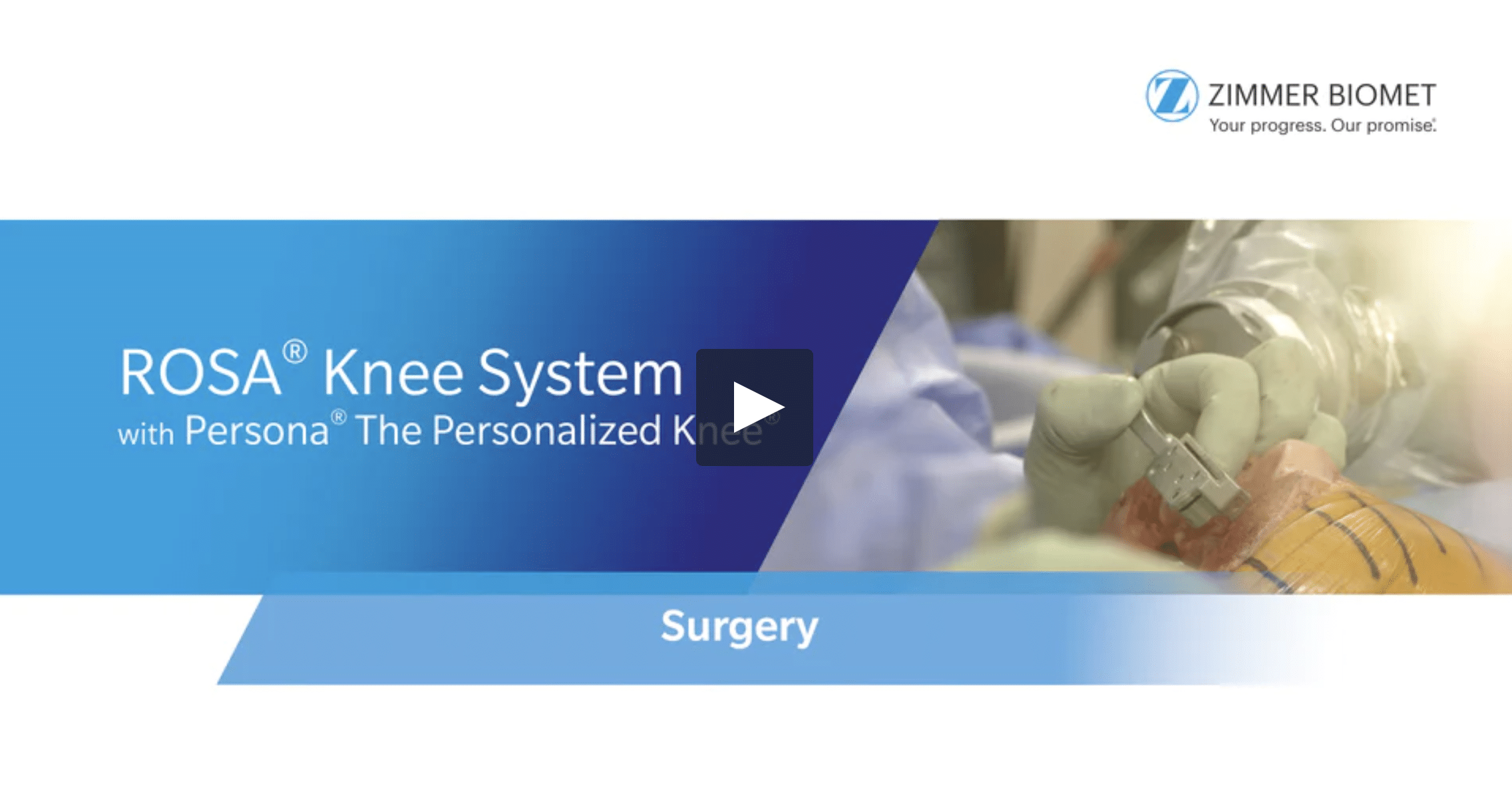Analyses of native limb alignment in non-osteoarthritic populations have revealed significant variations from the neutral/mechanical alignment (MA), which until now has been considered the ‘gold standard’ in TKR. 1 These observations, coupled with the inconsistent functional outcomes reported for MA, have led surgeons to consider more personalized or patient-specific approaches to TKR alignment. 1 The aim of these more personalized approaches is to better restore the native knee kinematics and improve functional outcomes following TKR. 1
This new review article summarises the principles, surgical technique, and results for 4 personalized alignment techniques:
- Kinematic Alignment (KA)
- Inverse Kinematic Alignment (IKA)
- Restricted Kinematic Alignment (RKA)
- Functional Alignment (FA)
It also discusses the technology that is either necessary, recommended or commonly used for each of the different techniques.
Kinematic Alignment
“KA is knee resurfacing with restitution of pre-arthritic anatomy. The aim is to resurface the femur maintaining the native femoral joint line obliquity.” 1 “Ligament balancing is performed by the bone cuts and adjusted as required by the tibial cut/recut.” 1
Two limitations of correcting ligament balancing via a tibial recut are called out:
- A more oblique and deeper tibial recut sacrifices more medial bone stock 1
- Increasing the tibial recut can impact the flexion and extension gaps. The impact is likely to be minor in most cases, but may lead to laxity in more complex cases where the recut may be asymmetrical 1
According to the authors, “kinematic femoral component implantation is relatively straightforward and highly reproducible compared to a kinematic tibial cut and component insertion. A common technique for this method is to use personalized (patient-specific) cutting guides that enable additional degrees of slope/valgus/varus.” 1
Inverse Kinematic Alignment
In IKA the tibia is resurfaced with similar medial and lateral bone resections to retain the native tibial joint line obliquity. Gap balancing is performed by adjusting the femoral resections. 1 Robotic-assisted surgery is recommended for IKA because it allows gap balancing prior to the cuts and fine adjustment and recuts where necessary. 1
Restricted Kinematic Alignment
RKA is a compromise between KA and MA. It uses defined safe zones of alignment to avoid reproducing ‘extremes’ of implant alignment. 1 The safe zones and protocol are described in detail. Where possible the authors prefer to modify the tibial resection to maintain as much as possible the femoral anatomy and flexion axis. 1
As with KA, it is important to measure each resection, and the authors recommend the use of navigation or robotics in complex cases to help with intraoperative adjustments. 1
Functional Alignment
The aim of FA is to place implants in the 3D position that least compromises the soft tissues by restoring the obliquity and plane of the joint as dictated by the ligaments. 1 Where deformities are fixed, some soft-tissue release may be required to balance the gaps. The extent and frequency of such releases is less than with the MA technique. 1
Advancements in surgery-assisting technologies allowed the evolution of FA, which “manipulates alignment, bone resections, soft tissue releases, and/or implant positioning with a robotic-assisted system to optimize TKR function for a patient’s specific alignment, bone morphology, and soft tissue envelope.” 1
Conclusions
- There are several concepts and evolving surgical techniques for personalizing TKR alignment
- These techniques aim to restore native knee alignment and improve TKR outcomes
- “New technologies have increased the ability to restore native knee kinematics with TKR” 1
- Long-term follow-up is essential to evaluate the efficacy of these techniques
The review also provides a detailed description and explanatory diagrams for each technique. Please follow this link to the full article.

